Striking Out against Striga called Witchweed!‐ Creating an Africa that can win the battle against root parasitic weeds ‐
Striking Out against Striga called Witchweed!
‐ Creating an Africa that can win the battle against root parasitic weeds ‐
Research Fields and Areas
Bioresources
Witchweed that Blooms on the Lands of Africa
 The beautiful purple flowers are all witchweed. Vast areas of land are devastated and food security is at a stake.People need to eat to live. However, with the recent rise in world population and the changes in the environment, we are facing food crisis. This is also major problem in the large country of Sudan located in North Africa. Agriculture flourishes on large tracts of lands made fertile by the Nile River, but recently, farming in the area is being seriously debilitated because of a plant called Striga hermonthica, also known by the strange name the giant witchweed of Africa. Striga, which blooms with beautiful purple blossoms, attaches itself to sorghum and millet, which are the main staples of the people of Sudan, and draws out all the nutrients until the host plant withers and dies. The damages caused by Striga extend to an area twice the size of mainland Japan, resulting in losses of hundreds of billions to one trillion yen. Sudan, which does not have a strong economy, is unable to implement large-scale countermeasures against this problem. The parasite has led many households to abandon their Striga-infested land and migrate to cities where they live a marginal life.
The beautiful purple flowers are all witchweed. Vast areas of land are devastated and food security is at a stake.People need to eat to live. However, with the recent rise in world population and the changes in the environment, we are facing food crisis. This is also major problem in the large country of Sudan located in North Africa. Agriculture flourishes on large tracts of lands made fertile by the Nile River, but recently, farming in the area is being seriously debilitated because of a plant called Striga hermonthica, also known by the strange name the giant witchweed of Africa. Striga, which blooms with beautiful purple blossoms, attaches itself to sorghum and millet, which are the main staples of the people of Sudan, and draws out all the nutrients until the host plant withers and dies. The damages caused by Striga extend to an area twice the size of mainland Japan, resulting in losses of hundreds of billions to one trillion yen. Sudan, which does not have a strong economy, is unable to implement large-scale countermeasures against this problem. The parasite has led many households to abandon their Striga-infested land and migrate to cities where they live a marginal life.
To deal with this problem, it is necessary to come up with countermeasures that are inexpensive, adapted to the Sudanese culture, and easy for the farmers to implement.

Principal investigator (Japan):Professor SUGIMOTO Yukihiro
Graduate School of Agricultural Science, Kobe University
Specializes in bioorganic chemistry. Completed a master's course at The University of Tokyo. Doctor of Agriculture, Kyoto University. Appointed as Researcher at Kao Corporation, Lecturer at Tottori University and then an assistant Professor at the same university. Started his current position in 2003. Undertook Research on chemistry, ecophysiology and control of root parasitic weeds at the Radboud University Nijmegen in the Netherlands and the University of Sheffield in England.
 Japan perspective
Japan perspective
Gathering clues to elucidate climate change across the globe
Climate prediction must incorporate a wide range of elements in its calculations, including atmospheric and oceanographic phenomena spanning extensive areas, so Japan cannot obtain sufficient data on its own. Conducting joint research with South Africa to develop forecasts for regions heretofore not highlighted will provide clues for elucidating climate change across the entire planet. We also anticipate that the know-how cultivated through exchange with local researchers having differing cultural backgrounds and values will prove useful in Japan's climate forecasts.

Principal investigator (Sudan):Professor Abdel Gabar Babiker
Sudan University of Science and Technology (SUST)
Specializes in herbicide chemistry. Earned a Ph.D degree at the University of Glasgow (Scotland UK). Appointed Visiting Researcher at the USDA (USA), and Guest Professor at Purdue University (USA), Tottori University (Japan), and University of Hohenheim (Germany). Named Deputy Director General of Sudan's Agricultural Research Corporation before being appointed to his current position.
 Sudan perspective
Sudan perspective
Working together to find solutions that suit the culture and traditions of the country
For many years, I have been studying Striga, which has wreaked havoc to my home country. With the start of the joint research with Japan, we have been able to create a research facility that is among the best in Sudan. Another wonderful aspect of this project is listening to the voices of the local people. Instead of simply implementing new techniques, we work together to find solutions that match Sudanese culture and traditions.
Project summary
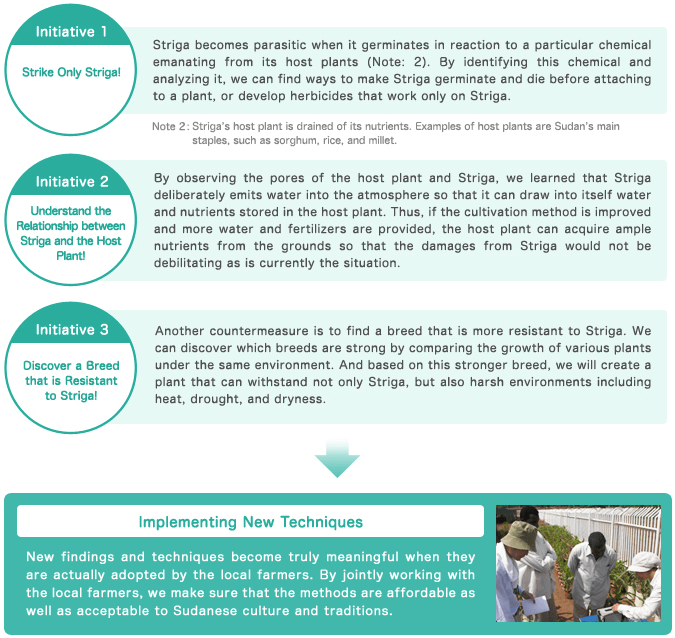
 The green field to the left is a model farm where Striga has been controlled using herbicides, fertilizers, and a Striga-resistant breed.
The green field to the left is a model farm where Striga has been controlled using herbicides, fertilizers, and a Striga-resistant breed.


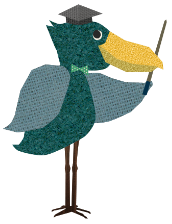
 Prof. SUGIMOTO
Prof. SUGIMOTO
 Sudan has the River Nile running across it. The river basin has many large-scale farms that make use of the water resources of the Nile. Some areas that farm with rainwater also use tractors, but not everyone owns such machinery, so I heard that tractors in such areas become fully reserved at the time of cropping. Aspects that have not yet been mechanized still require the work of human hands. Also, due to religious reasons, women must wear traditional costumes when working on the farm with men other than their family members.
Sudan has the River Nile running across it. The river basin has many large-scale farms that make use of the water resources of the Nile. Some areas that farm with rainwater also use tractors, but not everyone owns such machinery, so I heard that tractors in such areas become fully reserved at the time of cropping. Aspects that have not yet been mechanized still require the work of human hands. Also, due to religious reasons, women must wear traditional costumes when working on the farm with men other than their family members.
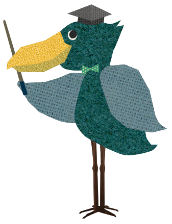
 Prof. SUGIMOTO
Prof. SUGIMOTO
I became interested in regulating the life cycle of root parasitic plants when I conducted joint research with Professor Babiker, who was a visiting professor at Tottori University's Arid Land Research Center. Later, when I visited a village in Sudan, I became fully aware of the necessity of managing Striga when I saw with my own eyes the devastating damages of sorghum fields caused by Striga and the sadness on the faces of the helpless, resource less farmers.

 Prof. SUGIMOTO
Prof. SUGIMOTO
There are many farmers who have given up trying to exterminate Striga, daunted by its extraordinary reproductive powers and strong life force. However, there are also many farmers who participate in seminars that we host with the cooperation of local agricultural schools. At these workshops, we hear farmers voicing their desire to learn how to control Striga. So, I feel the strong hopes and expectations that the local people hold toward those researching on Striga.

 Prof. SUGIMOTO
Prof. SUGIMOTO
Right now, Striga has not entered Japan, and it is also banned from import. Also, if the host plants are given enough water and nutrients, the damages would not be that severe. However, although significant damages have not yet been reported, a parasitic plant similar to Striga called Orobanche has been confirmed in Japan, posing as a potential threat to Japanese farmers.

 Prof. SUGIMOTO
Prof. SUGIMOTO
Damages from Striga are reported to amount anywhere from a couple of hundred billions to one trillion yen. Although I cannot say this lightly, I believe that we can make a significant contribution toward resolving the African food crisis of recent years by eliminating even a part of the damages from Striga. It is the dream of all of those involved in this project that a day will come when everyone in Africa will be able to fill his/her stomach with food harvested from crops grown on his/her own land.

Striga can wait for decades until a host plant grows in its vicinity! Striga seeds are extremely tiny, so it's impossible to eliminate them all, or wait for them to disappear. Striga has been called witchweed because although it blooms with beautiful flowers, there is nothing good from it and only harm is to be gained from it.

Comments from an intern
 My name is Takuya Ito, an intern who was given the responsibility of writing about this project in Sudan!
My name is Takuya Ito, an intern who was given the responsibility of writing about this project in Sudan!
I have become interested in this project since last year when I interviewed the professor through skype. Later, since I have had an experience in planning photo exhibits, I was given the opportunity to introduce this project!
This is a complicated project, so I tried to make it as understandable as possible. However, it is very difficult to convey the necessary information in a comprehensive way. I need to work harder as a science communicator-in-training!
In any case, I would be happy if you have at least become familiar with the word Striga. Awareness arises first from knowledge. So please remember, somewhere in the corner of your mind, that there are people in this world striving hard to work out a management strategy for Striga, the so called witchweed.
Thank you for your continued support to SATREPS and its interns!
(Takuya Ito, SATREPS Intern)

Bioresources
 The Republic of the Sudan
The Republic of the Sudan
Case Studies
Contact Us
Japan Science and Technology Agency (JST)
Department of International Affairs
SATREPS Group
TEL : +81-3-5214-8085
Related articles
-
Bioresources
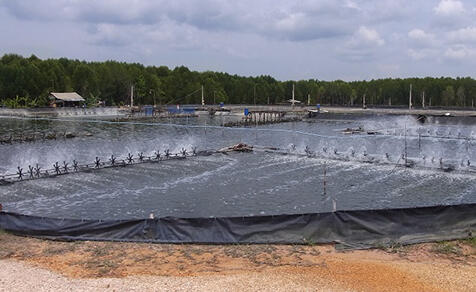
 Kingdom of Thailand
Kingdom of Thailand
Improved aquaculture technology will save the world!
- Turning Southeast Asia into a world food storehouse - -
Infectious Diseases Control
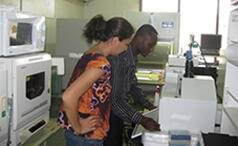
 Republic of Ghana
Republic of Ghana
Developing new medicines for infectious diseases
- Studies based on Ghanaian medicinal plants - -
Environment / Energy
(Global-scale environmental issues)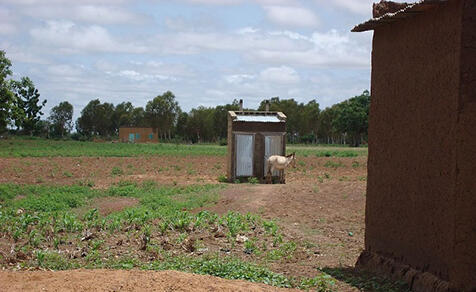
 Burkina Faso
Burkina Faso
Don't Mix/Don't Collect
- Sustainable sanitation for the Sahel - -
Disaster Prevention and Mitigation
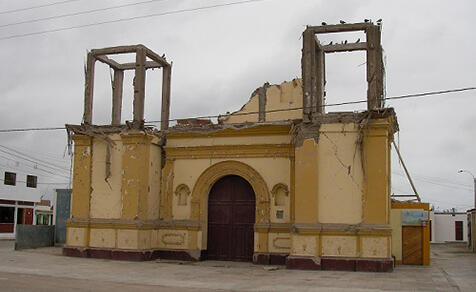
 Republic of Peru
Republic of Peru
Earthquake and Tsunami Disaster Mitigation - Global benefits from Japan-Peru research -














